Home>Furniture>Living Room Furniture>How To Fix Sagging Cushions On Couch


Living Room Furniture
How To Fix Sagging Cushions On Couch
Modified: March 16, 2024
Learn how to fix sagging cushions on your couch and revive the comfort of your living room furniture with these simple DIY techniques.
(Many of the links in this article redirect to a specific reviewed product. Your purchase of these products through affiliate links helps to generate commission for Storables.com, at no extra cost. Learn more)
Introduction
Sagging cushions on a couch can be frustrating and uncomfortable. Over time, the padding and support in your couch cushions can wear down, causing them to lose their shape and sink in the middle. This can make it difficult to sit or lounge comfortably and can affect the overall appearance of your living room furniture.
Fortunately, there are several solutions for fixing sagging cushions on a couch. Whether you prefer a DIY approach or seek professional assistance, this article will provide you with practical tips and techniques to restore the comfort and aesthetics of your couch.
By assessing the problem, identifying the cause of sagging, and implementing the appropriate solutions, you can bring new life to your old couch and enjoy a rejuvenated seating experience for years to come. Let’s explore the steps involved in fixing sagging cushions on a couch and say goodbye to that sinking feeling once and for all.
Key Takeaways:
- Don’t let sagging couch cushions ruin your comfort. Assess the problem, reinforce support, and consider adding extra padding to restore your couch to its former glory.
- If all else fails, consider replacing or refilling the cushions for a fresh start. Proper maintenance is key to preventing future sagging and enjoying long-lasting comfort.
Assessing the Problem
Before you can effectively fix sagging cushions on your couch, it’s essential to assess the extent of the problem and determine the underlying causes. Start by thoroughly examining each cushion and checking for any visible signs of wear or damage. Look for areas that appear deflated or unevenly distributed, as these are indications of cushion sagging.
Next, sit on the couch and pay attention to how it feels. Are the cushions sinking too low or losing their shape when you sit or lie down? Do you feel uncomfortable or unsupported? Take note of these observations, as they will help you decide which repair method will be most effective.
It’s also crucial to consider the quality and age of your couch. If it’s an older piece of furniture or has been heavily used, the chances of cushion sagging increase. Additionally, take into account the materials used in the cushions. Foam cushions, for example, may sag more quickly than those made with more resilient materials like memory foam or down feathers.
By taking the time to assess the problem, you’ll have a better understanding of the extent of the damage and be able to choose the most appropriate solutions to fix your sagging couch cushions.
Identifying the Cause of Sagging Cushions
Understanding the root cause of sagging cushions is vital in determining the best approach to fixing them. There are several common reasons why your couch cushions may be sagging:
- Worn-out padding: Over time, the padding inside the cushions can deteriorate, lose its shape, and compress, leading to sagging. This is especially true for cushions made with low-quality foam or batting.
- Weak or damaged springs: If your couch has springs in the seat cushions, they may be worn out or damaged, which can cause the cushions to sag. This is particularly common in older couches or ones that have been used excessively.
- Poor cushion construction: In some cases, the way the cushions are constructed can contribute to sagging. For example, if the cushions have insufficient or insufficiently durable support structures, they may not be able to maintain their shape over time.
- Overuse: Couch cushions that are subjected to consistent heavy use, such as constant jumping or excessive lounging, can wear out more quickly, resulting in sagging.
- Incorrect cushion placement: Sometimes, cushions that are not properly aligned or positioned on the couch can lead to uneven weight distribution, causing sagging in certain areas.
By identifying the cause of the sagging cushions, you’ll be better equipped to implement the appropriate solutions. In some cases, it may be necessary to address multiple issues to fully resolve the problem. The next section will explore various methods to reinforce the cushion support and restore the comfort and appearance of your couch.
Reinforcing the Cushion Support
One of the most effective ways to fix sagging cushions on a couch is to reinforce the support system. By providing additional support to the cushions, you can restore their shape and prevent future sagging. Here are a few methods to accomplish this:
- Replace or strengthen the springs: If your couch has springs in the seat cushions, examine them for any signs of damage or wear. Consider replacing weak or broken springs to provide better support. Alternatively, you can add additional springs or support straps to reinforce the existing ones.
- Use plywood inserts: Cut a piece of plywood to fit the size of the cushion and place it between the cushion and the couch frame. This will help distribute the weight evenly and provide a solid base of support.
- Add support panels: If your couch lacks proper support structures, you can insert wooden or metal support panels underneath the cushions. These panels will help maintain the shape of the cushions and prevent them from sinking.
- Tighten loose screws: Check the frame of your couch for any loose or missing screws. By tightening them, you can ensure that the entire structure is stable and able to support the cushions properly.
- Upgrade the cushion filling: Consider replacing the existing cushion filling with a higher quality foam or a combination of foam and down feathers. These materials provide better support and are more resistant to sagging.
By reinforcing the cushion support, you can significantly improve the comfort and longevity of your couch cushions. However, if the sagging is severe or the support systems are extensively damaged, you may need to explore other options, such as adding extra padding or replacing the cushions entirely, which we will discuss in the next sections.
Try adding new foam inserts to the cushions to restore their shape and firmness. You can also try flipping and rotating the cushions regularly to help them maintain their shape.
Adding Extra Padding
If your couch cushions are still sagging after reinforcing the support, adding extra padding can provide an additional layer of comfort and support. Here are a few methods to consider:
- Cushion inserts: Purchase cushion inserts made from high-density foam or down feathers and place them underneath the existing cushions. These inserts will provide extra support and help fill out the sagging areas.
- Memory foam toppers: Invest in a memory foam topper specifically designed for couch cushions. Cut the topper to fit the size of your cushions and place it on top of the existing padding. The memory foam will contour to your body, providing customized support and comfort.
- Pillow stuffing: If you’re looking for a budget-friendly option, consider using pillow stuffing to fill out your sagging cushions. Open up the cushions, add more stuffing, and adjust it until the cushions regain their shape and firmness.
- Layered blankets or towels: Fold blankets or towels into layers and place them underneath the cushion covers to create additional padding and support. Experiment with different thicknesses until you find the desired level of comfort.
By adding extra padding, you can restore the plumpness and resilience to your sagging cushions. However, keep in mind that these solutions may provide temporary relief and may need to be adjusted or replaced over time. If the cushions are beyond repair or the sagging isn’t adequately resolved, you may need to consider replacing or refilling the cushions, as discussed in the next section.
Read more: How To Fix Cushions On Couch
Replacing or Refilling the Cushions
If your couch cushions are severely worn out or the sagging cannot be effectively resolved through other methods, it may be time to consider replacing or refilling them. Here are two options to consider:
- Replacing the cushions: If your couch cushions are beyond repair or if you’re looking for a long-term solution, consider replacing them entirely. Measure the dimensions of your current cushions and choose replacements that fit snugly in the covers. Look for cushions made with high-quality foam or other durable materials to ensure optimal comfort and longevity.
- Refilling the cushions: If the cushion covers are still in good condition and you prefer a more cost-effective solution, you can choose to refill them instead. It’s recommended to remove the old filling and replace it with new foam or batting that matches the desired level of firmness and support. Make sure to evenly distribute the filling to prevent any lumps or unevenness.
Both of these options provide a fresh start for your couch cushions and can effectively resolve sagging issues. Consider your budget, personal preferences, and the overall condition of your couch when deciding whether to replace or refill the cushions.
Remember, it’s essential to properly maintain and care for your new cushions to prevent future sagging. Regularly fluff and rotate the cushions, avoid placing excessive weight on them, and clean them according to the manufacturer’s instructions.
By replacing or refilling the cushions, you can breathe new life into your couch and enjoy a comfortable seating experience once again.
Conclusion
Sagging cushions on a couch can diminish the comfort and aesthetics of your living room furniture. However, with the right approach, you can fix this problem and restore your couch to its former glory.
Assessing the problem and identifying the causes of sagging is the first step. From there, you can reinforce the cushion support by replacing or strengthening springs, using plywood inserts, or adding support panels.
If the sagging persists, adding extra padding through cushion inserts, memory foam toppers, pillow stuffing, or layered blankets or towels can provide additional support and comfort.
In more severe cases, replacing or refilling the cushions may be necessary. Choose high-quality cushions that fit your couch’s dimensions or refill the existing ones with new foam or batting for a cost-effective solution.
Remember to properly maintain and care for your newly fixed or replaced cushions to prevent future sagging. Regular rotation, fluffing, and cleaning are essential for maintaining their shape and longevity.
By following these steps and taking the necessary measures, you can say goodbye to sagging cushions on your couch and enjoy a comfortable seating experience once again. Whether you opt for DIY solutions or seek professional help, the key is to address the issue promptly and choose the methods that best suit your needs.
So, don’t let sagging cushions dampen your relaxation. Take action and revitalize your couch for years of comfortable lounging and enjoyable moments in your living room.
Frequently Asked Questions about How To Fix Sagging Cushions On Couch
Was this page helpful?
At Storables.com, we guarantee accurate and reliable information. Our content, validated by Expert Board Contributors, is crafted following stringent Editorial Policies. We're committed to providing you with well-researched, expert-backed insights for all your informational needs.
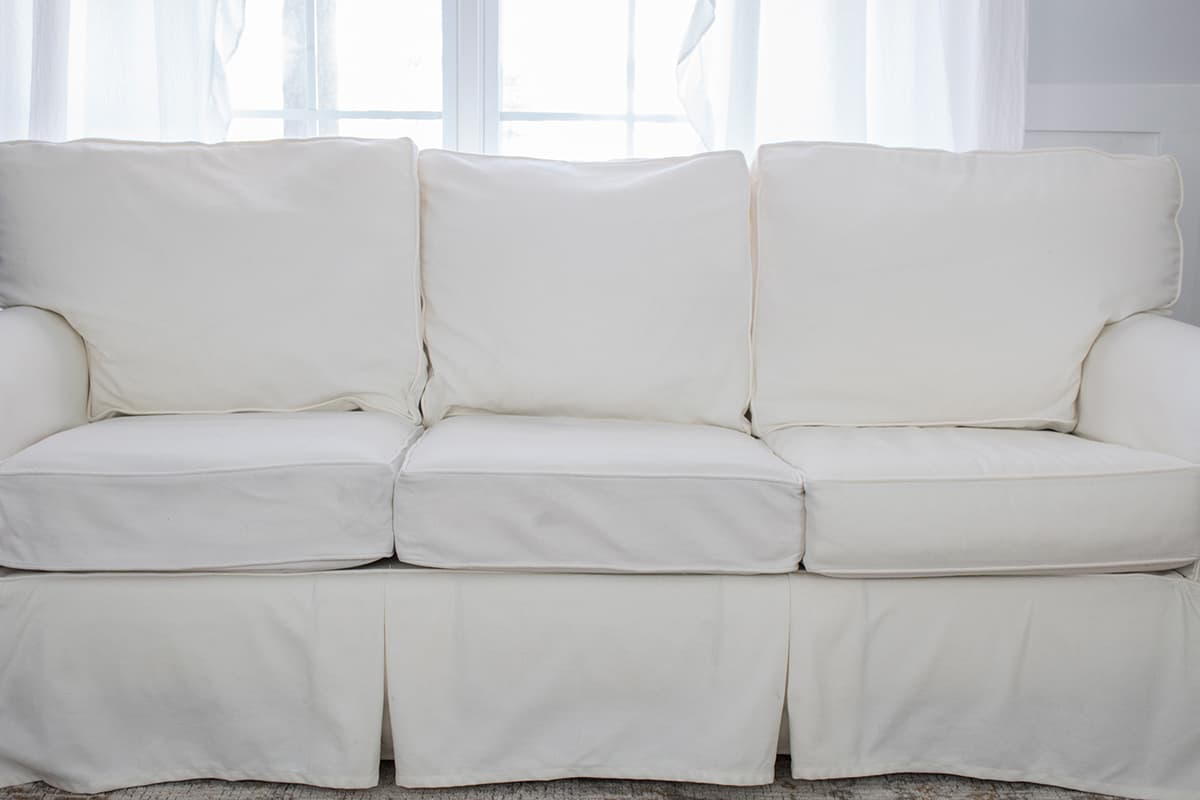

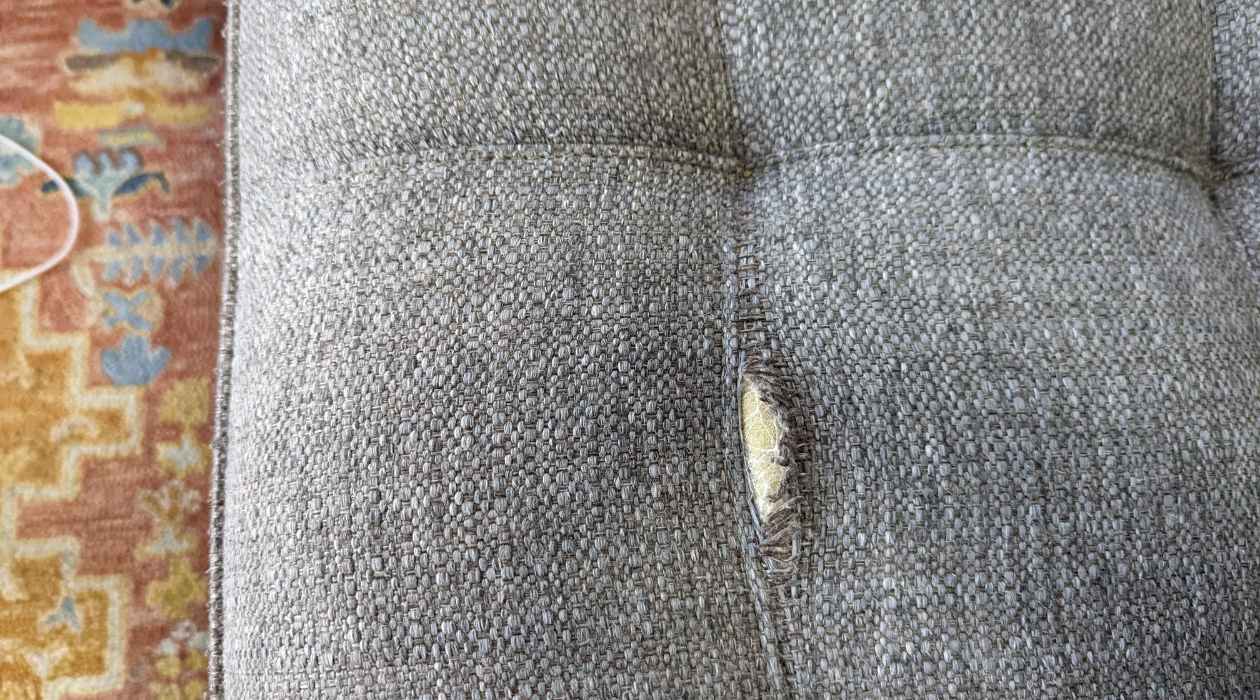
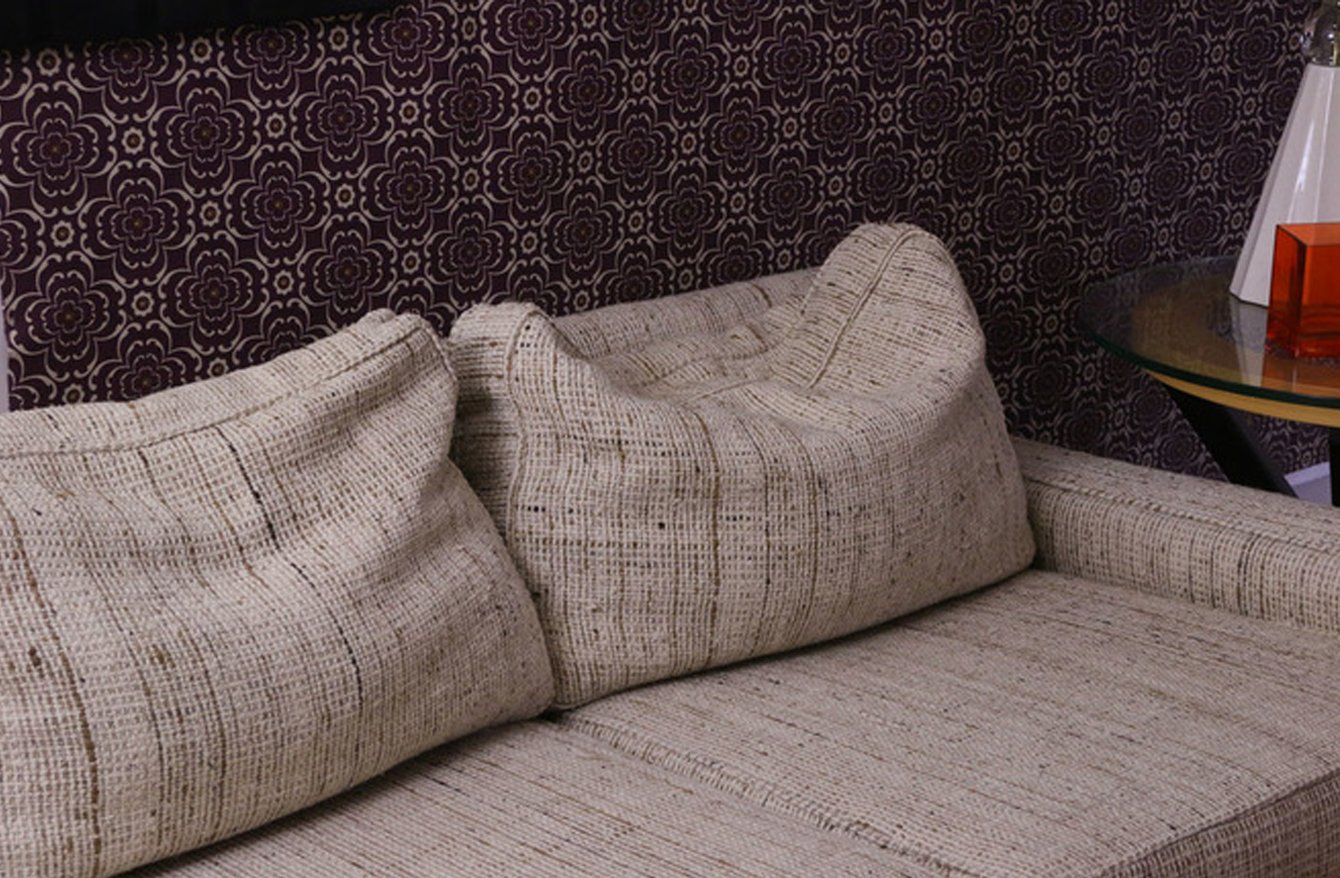



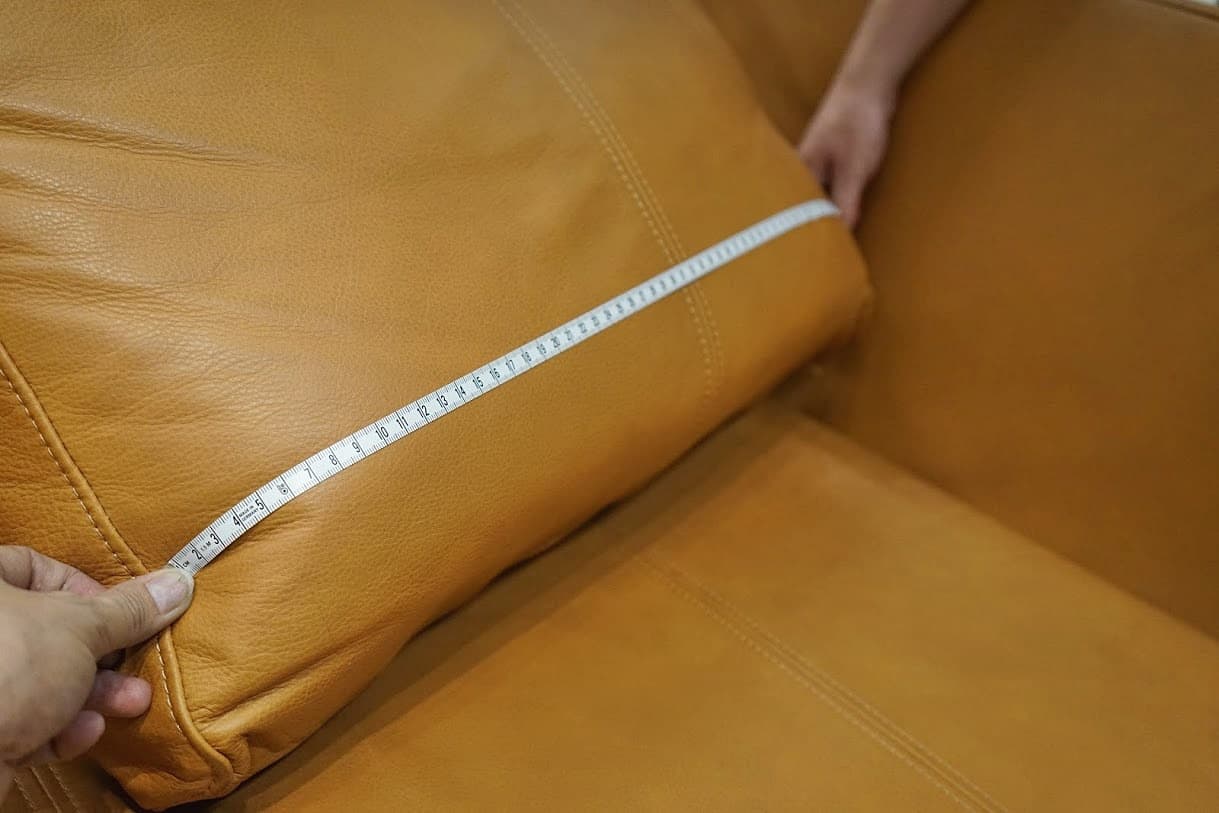
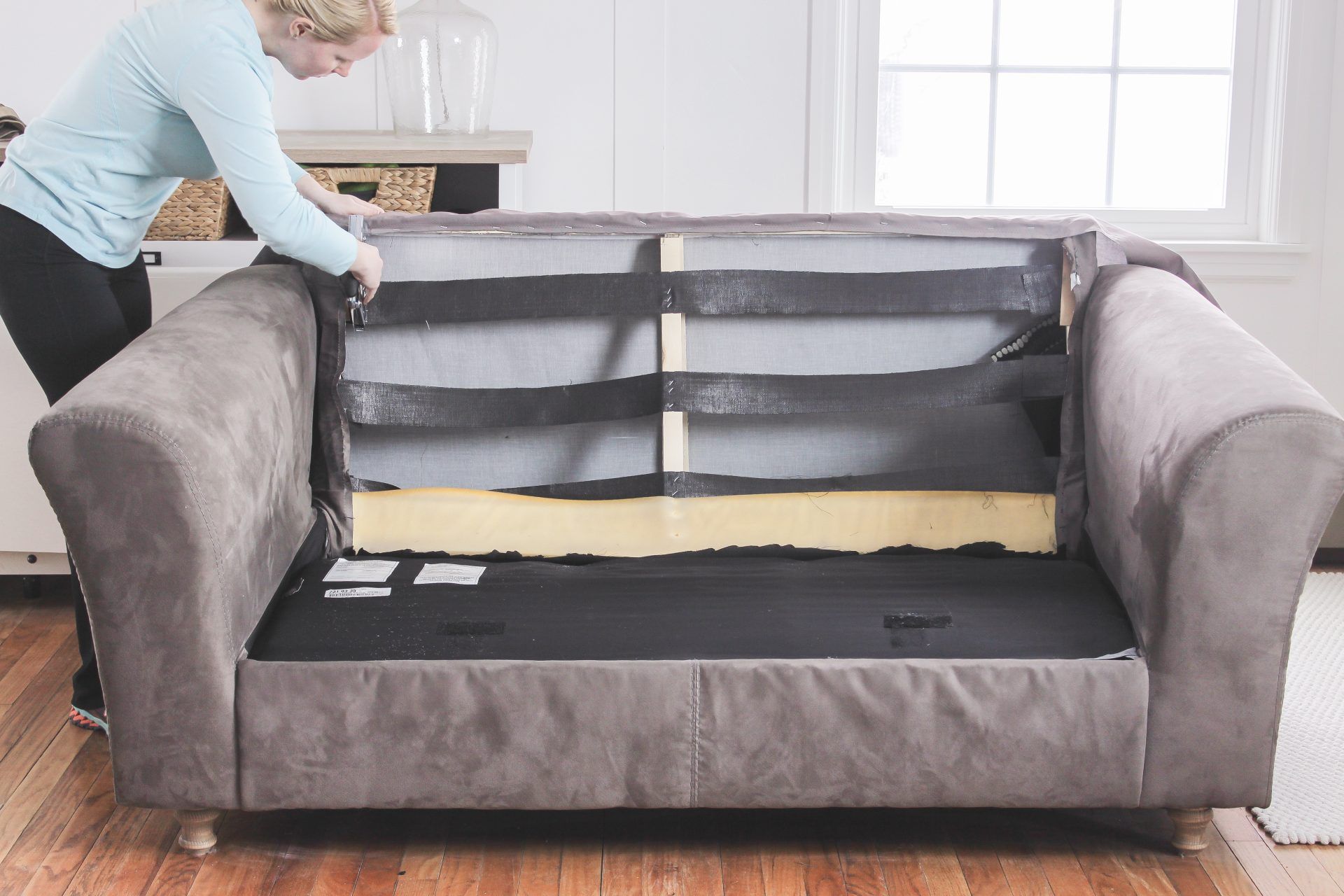
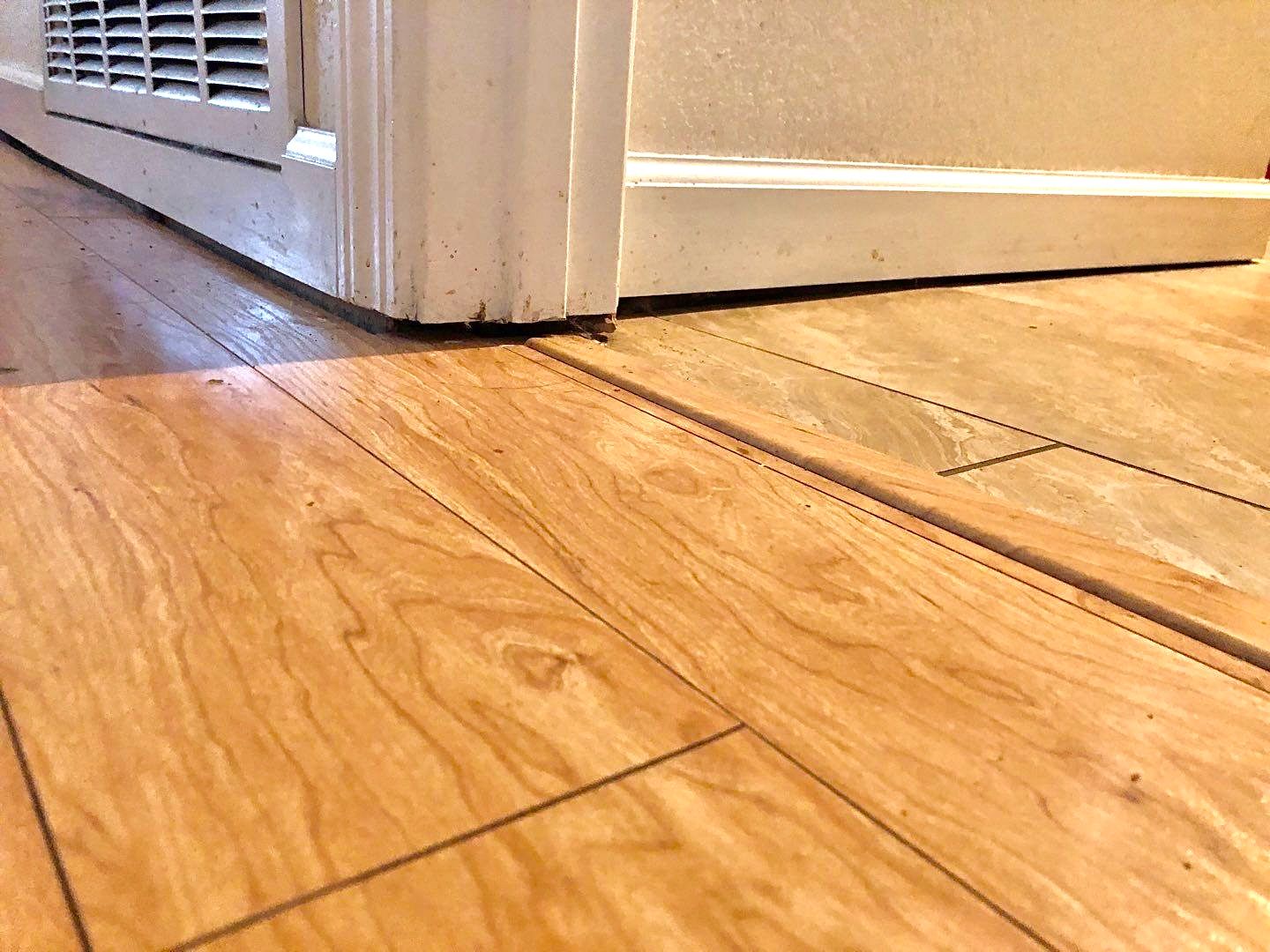



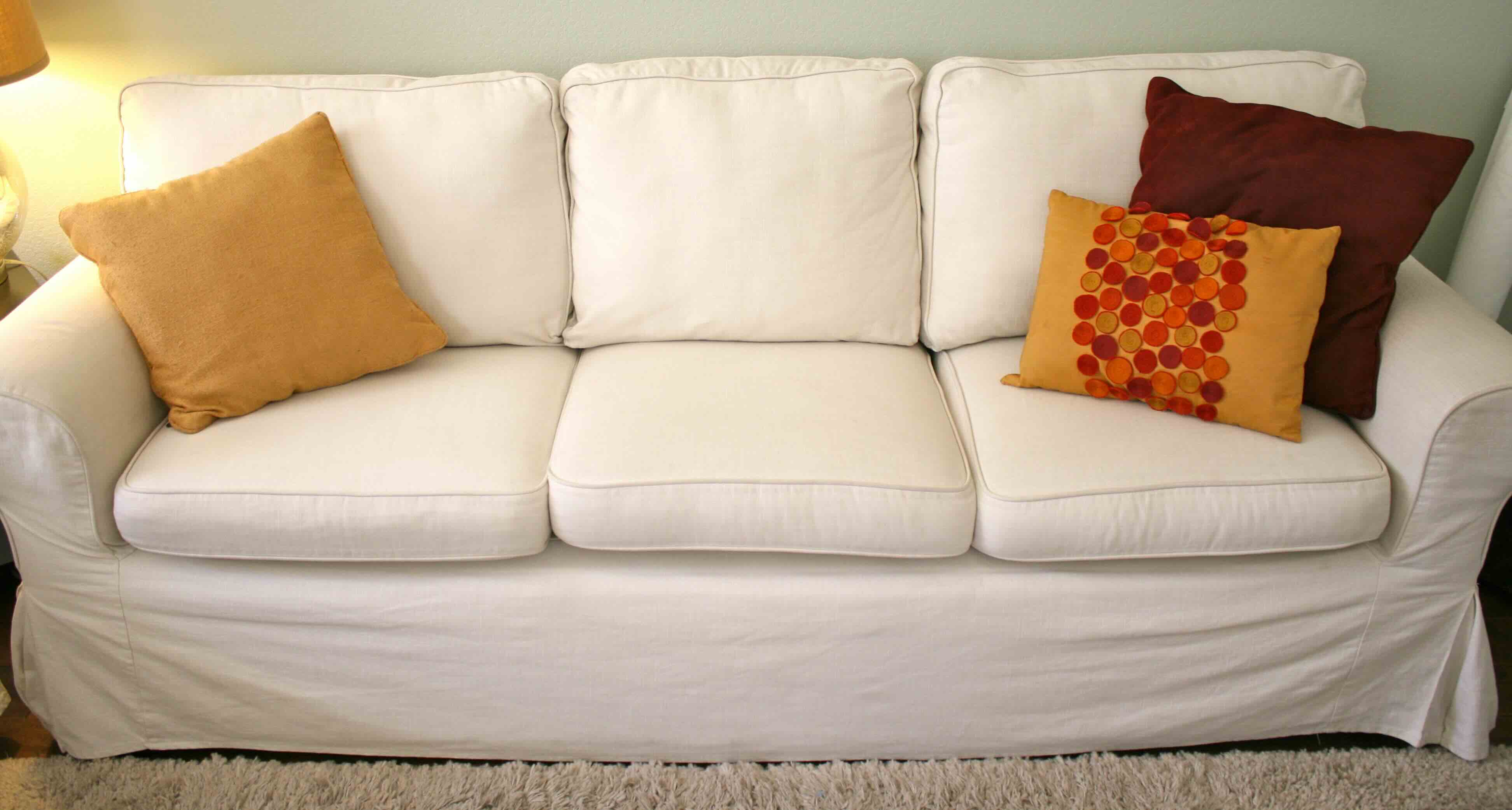

0 thoughts on “How To Fix Sagging Cushions On Couch”